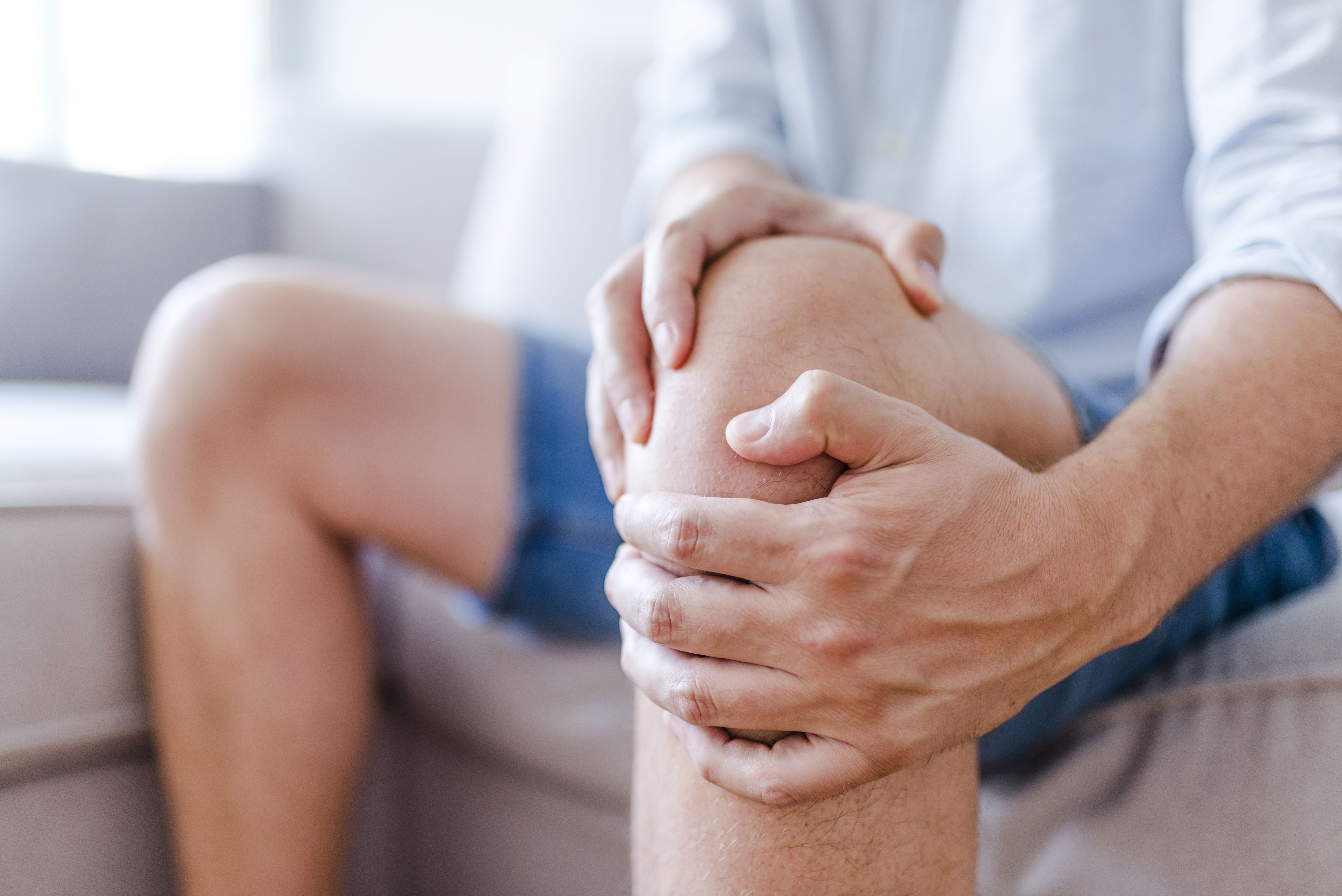And Now a Word About Dodgy Knees
Knee problems are a frequent reason people come to see me in my massage and Bowen practice. This is a hard working joint in the human body and it’s no real surprise that things go wrong with our knees. But what may be surprising is that the problem is often not in the knee itself but in the structures above and below, namely the pelvis and feet.

You may have a diagnosis of arthritic changes in the knee joint or inflammation or other damage to adjacent cartilage and ligaments but that's often not the whole story. What is causing the stress on these tissues can be poor support from your feet or weak or comprised muscles in your pelvic region.
This makes sense. Your knees have to track within a fairly narrow range of movement. There is some side to side play, some rotation, but mostly your knees work like a hinge. When our feet buckle or twist as we move or stand, the knees have to compensate and try and absorb the uneven forces that result. Usually they are greatly assisted in this job by the powerful muscles around the pelvis which support the weight of our body when one foot is off the ground as we walk or run. Now, if these muscles aren’t strong enough or aren’t working properly, then the load falls largely on our knees. And here’s where things start to go wrong.
Imagine a door with a heavy weight attached to one corner. This weight would cause the door to bend and twist. Pressure would build up on the hinges of the door which can only move in one direction – open and shut, open and shut. This is what happens with your knees. Shearing forces build up on tissues which are not designed to take them over prolonged periods. Pain and stiffness result.
A lot can be done to correct this if the problem is dealt with before significant damage is done to the knee joint. If you’re experiencing persistent knee pain don’t assume that this an inevitable sign of ageing. Have it checked out by someone who can asses the balance of forces above and below the joint.
